- Home
- Construction & Infrastructure
- Infrastructure

Complete Solutions for Infrastructure: Digitalisation and IT Specialisation at Emixa
Products

SAP S/4HANA

SAP S/4HANA Public Cloud
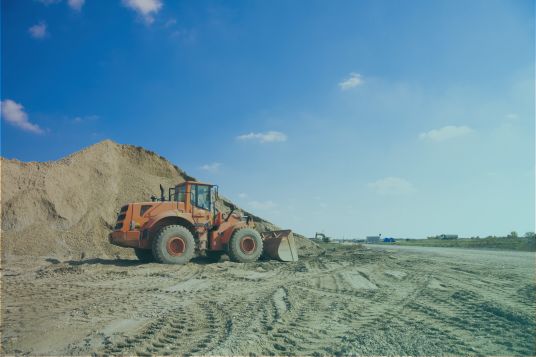
ETM.next

SAP Service Cloud
SAP Service Cloud improves the customer experience through faster issue resolution and a focus on the customer journey.
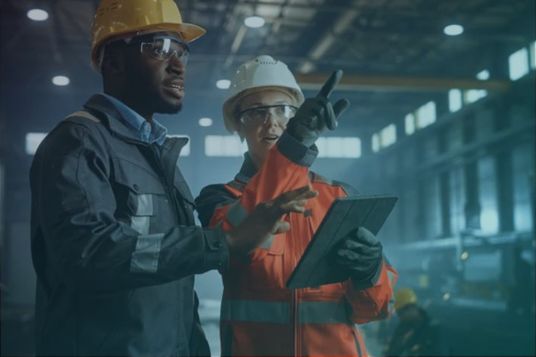
SAP S/4HANA Service Management
A cloud-based solution for managing service operations, SAP S/4 HANA Service Management helps customer service staff to improve the customer experience through fast, seamless issue resolution.

SAP S/4 HANA Cloud for Service Management
SAP S/4 HANA Cloud for Service Management (SAP CSM) provides end-to-end process support in the public cloud environment.
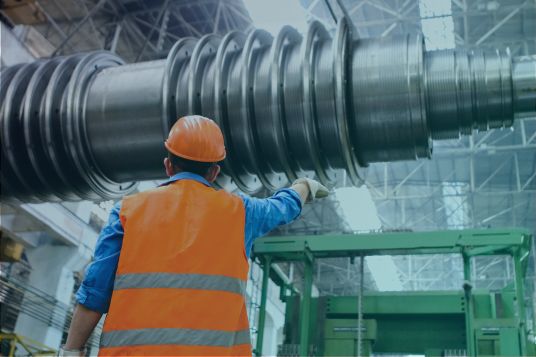
SAP S/4HANA Asset Management
SAP S/4HANA Asset Management aids in enhancing efficiency, cutting costs, and boosting asset performance.

SAP Field Service Management
SAP Field Service Management (SAP FSM) streamlines service processes for asset and project-intensive organizations, elevating their service delivery to new heights.
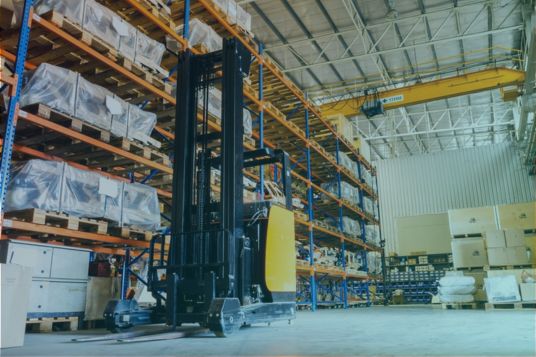
Extended Warehouse Management
SAP Extended Warehouse Management (SAP EWM) is the only solution you need for managing high-volume warehouse operations efficiently. Providing real-time visibility and control, inventory management, and streamlined logistics processes, SAP EWM ensures accurate fulfilment first time, every time.
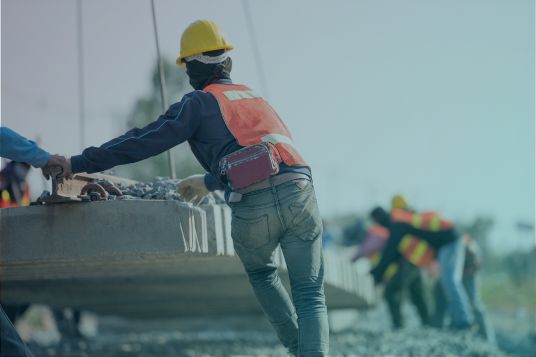
SAP Commercial Project Management
CPM includes features that help project-based businesses to manage process requirements end-to-end, covering areas including the selling, planning, executing, monitoring, and control of projects.

SAP Digital Supply Chain
SAP Digital Supply Chain is a suite of cloud-based apps and technologies aimed at boosting supply chain visibility, responsiveness, and efficiency. It utilizes IoT, AI, machine learning, and advanced analytics to deliver real-time insights and predictive abilities.
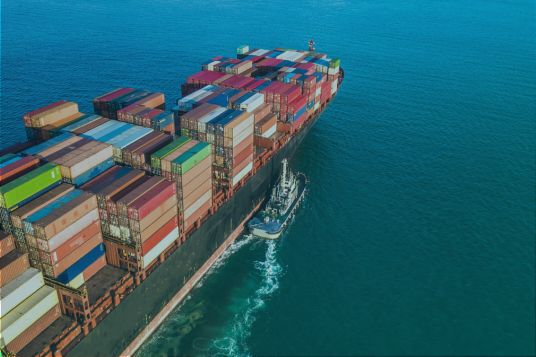
SAP S/4HANA Supply Chain Management
SAP S/4 HANA for Supply Chain Management is a comprehensive solution that centralises core business processes, such as procurement, production, inventory management, distribution, and order fulfilment. It integrates functions within an organisation, facilitating seamless information flow across departments.

SAP Asset Performance Management
SAP Asset Performance Management (APM) is a powerful solution that uses advanced analytics and predictive maintenance techniques to optimize the performance and reliability of physical assets. By intelligently managing maintenance schedules and minimizing unplanned downtime, SAP APM helps organizations extend asset life, reduce costs and improve operational efficiency.
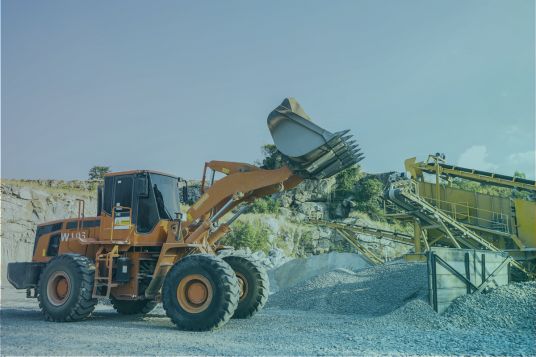
Process Mining
Emixa offers leading expertise in Process Mining for mapping, analysing and optimising your business processes. With the help of powerful tools and expertise, we help your organisation increase operational efficiency, save costs and meet the demands of a rapidly changing market. Learn how Process Mining can take your business to new heights and strengthen your competitive position.

Prefab SAP
SAP is the market leader in ERP and helps companies in all industries to perform at their best. However, drawing on over 20 years of experience, particularly in construction, infrastructure, installation, and utilities, we at Emixa understand the unique processes within these sectors. These processes demand tailor-made and flexible SAP solutions. Discover Emixa's Prefab SAP designed specifically for this purpose.
New digital Rental Process at BAM Infra Equipment
BAM Infra Equipment, part of Royal BAM Group, modernised its internal rental process through an innovative digital solution. This web shop not only enhances efficiency but also boosts project control, garnering positive feedback. Explore the transformative impact of digitalisation and SAP S/4HANA on the construction sector.

Infrastructure Digitalization: Transformative Industry Advantages
Innovative IT Solutions
Emixa offers advanced IT solutions including SAP S/4HANA and ETM.next to help companies with digital transformation and optimisation.
Industry-Specific Expertise
Emixa has in-depth knowledge across various sectors including infrastructure, enabling customised solutions.
Efficiency and Control
Emixa's IT software like SAP S/4HANA improves efficiency and control over different business processes.
Modular Solutions
Emixa delivers modular IT solutions designed for flexible adaptation to the specific needs of companies.
Partnerships with Leading Companies
Emixa partners with reputable companies like BAM Infra Equipment to deliver successful digital transformation projects.
Future-Proof Cloud Solutions
Emixa focuses on future-oriented cloud solutions like SAP Industry Cloud to help companies meet modern IT architecture demands.
Incorporating Emixa's digital solutions catapults XYZ Corp into the era

Expertise in Construction Optimisation
Emixa excels in construction-related digitalisation with extensive expertise in SAP implementations for efficient project management, equipment management, and process optimisation in construction.
